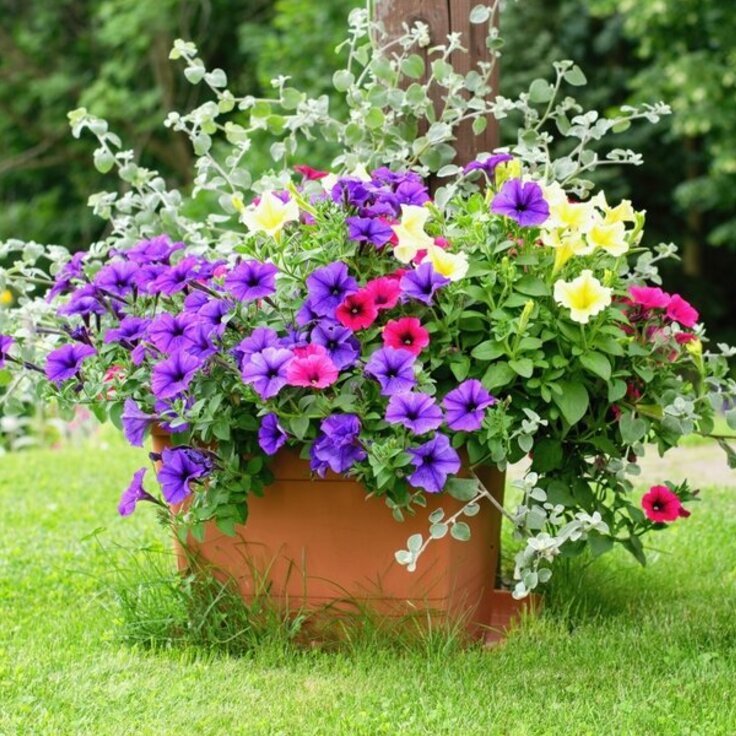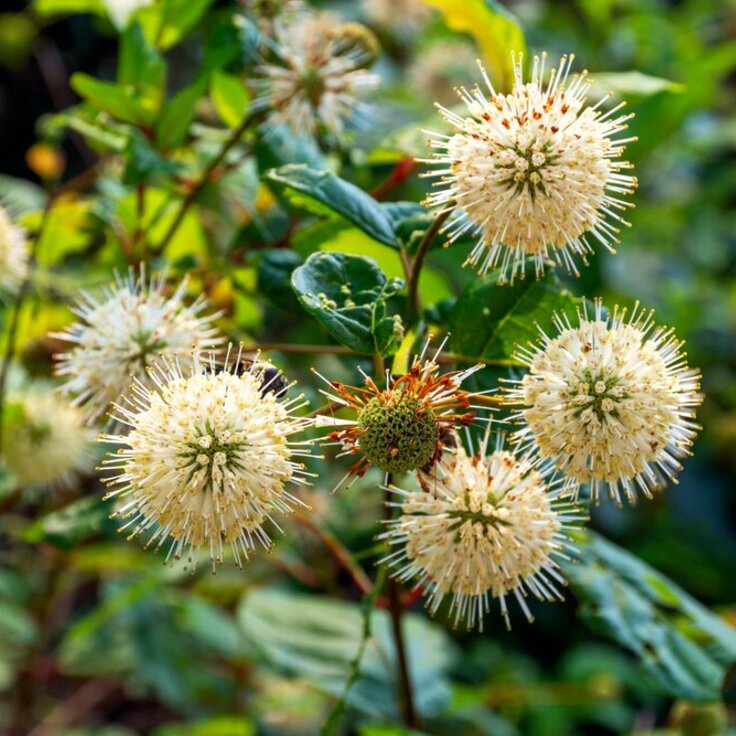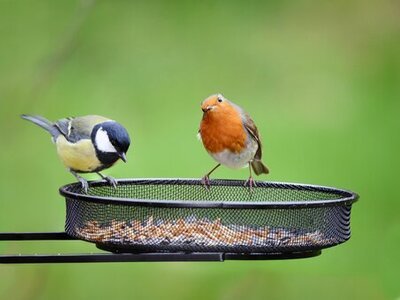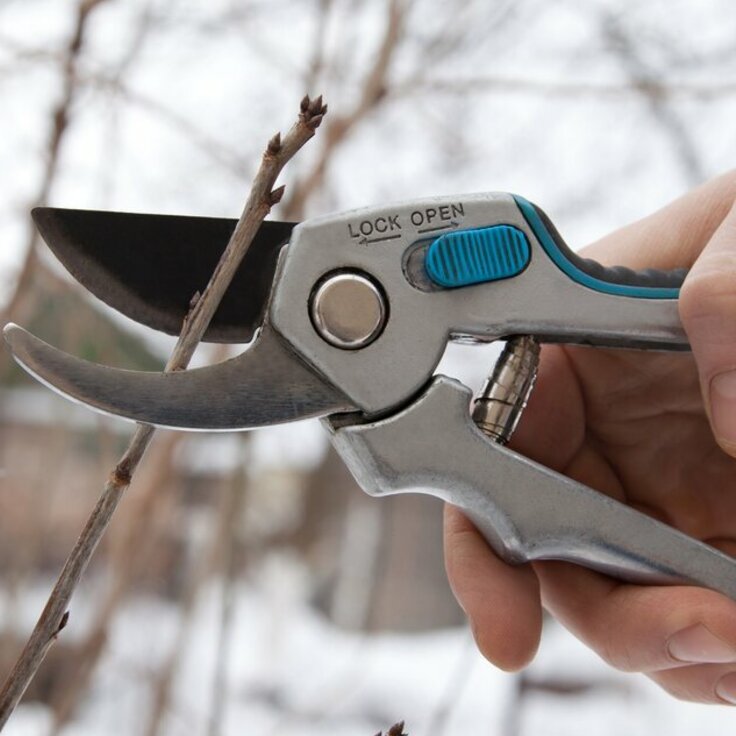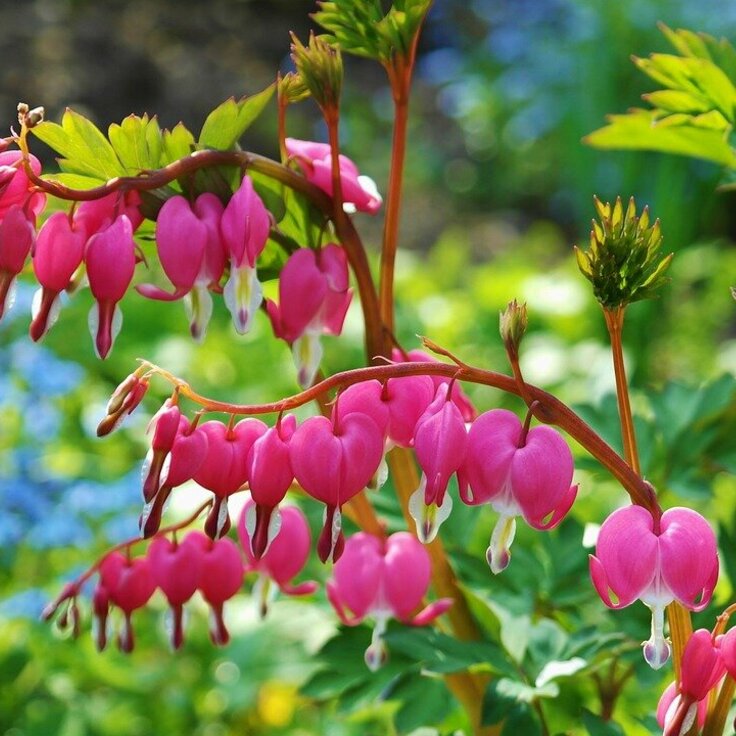How to Keep Your Garden Healthy in the Cold: Winter Gardening Tips for the US and Canada
Winter gardening can be a challenge, especially as the temperature drops. While some regions experience mild winters, others face extreme cold, snow, and frozen ground. Whether you live in the southern US or the frozen north of Canada, preparing your garden for winter is crucial to keep it healthy and thriving until spring returns.
Here are some essential winter gardening tips that work for gardeners across both the US and Canada, regardless of your climate.
Know Your Climate Zone
The US and Canada feature a wide range of climates, from mild coastal areas to freezing, snow-covered regions. It’s essential to understand your climate zone so you can prepare your garden accordingly.
-
Mild Winter Areas (e.g., California, Southern US, Coastal Canada): In these areas, extreme cold is rare, but occasional frost and chilly winds can still damage sensitive plants. Gardeners here should focus on protecting more tropical and tender plants from cold snaps.
-
Moderate Winter Areas (e.g., Central US, much of Canada): These areas typically experience moderate cold. You’ll need to take steps to protect plant roots from freezing, insulate garden beds with mulch, and ensure shrubs and trees are prepped for winter.
-
Cold Winter Areas (e.g., Northern US, much of Canada): In these regions, winter is long and harsh. Strong, cold winds and heavy snow are common, so selecting hardy plants and providing adequate protection for trees and shrubs is vital.
Protect Your Plants
Even in milder winter climates, cold and frost can cause damage to plants. Here’s how to keep your garden safe from the chill:
-
Mulch: Apply a thick layer of mulch around plant roots and the base of trees. Mulch insulates the soil, preventing freezing temperatures from damaging roots while also retaining moisture.
-
Plant Covers: Use garden row covers, frost blankets, or plant sacks to shield sensitive plants from frost. These covers can help protect plants from unexpected cold spells, especially in areas with fluctuating temperatures.
-
Winter Cloches and Covers: These provide extra protection for individual plants, creating a small greenhouse effect that helps them survive the cold.
Prune and Maintain Trees and Shrubs
Winter is a great time to trim dead or damaged branches, but be mindful of timing:
-
Prune Dead or Damaged Branches: Trim away broken or diseased branches to prevent further damage from heavy snow or ice. Just avoid heavy pruning of flowering shrubs, as it can reduce the next season’s blooms.
-
Wrap Tree Trunks: In colder regions, young or vulnerable trees can suffer from frost damage. Consider wrapping tree trunks with protective material, like burlap or tree wraps, to shield them from extreme cold and drying winds.
Winter-Hardy Plants for Your Garden
If you live in a colder climate, choosing winter-hardy plants is key to keeping your garden looking vibrant throughout the winter. For gardeners in northern US states and Canada, focus on plants that can withstand freezing temperatures. Here are some great choices:
-
Evergreens: Trees like pines and spruces retain their green color all year and can handle cold temperatures and heavy snow.
-
Winter-Resistant Bulbs: Daffodils, crocuses, and hyacinths are perfect for winter gardens and will bloom early in the spring, even after a harsh winter.
-
Groundcovers: Many groundcovers, such as creeping thyme, are cold-tolerant and provide a green covering during the winter months.
Watering in Winter
Proper watering before the cold sets in is crucial. Make sure your plants are well-hydrated, as dehydration can stress them during the winter months. However, avoid watering once temperatures consistently drop below freezing, as the water can freeze and harm the plants.
Stay Vigilant
Even though it’s winter, don’t neglect your garden entirely. Check regularly for any damage caused by snow, ice, or frost. Address any issues promptly to avoid long-term harm.
Get Your Garden Ready for Winter: Essential Tips for Every Climate
Maintaining a healthy garden through the winter months may seem like a challenge, but with the right preparation, your garden can thrive, regardless of where you live in the US or Canada. By understanding your climate, choosing the right plants, and protecting your garden from the cold, you’ll set the stage for a successful spring garden.

